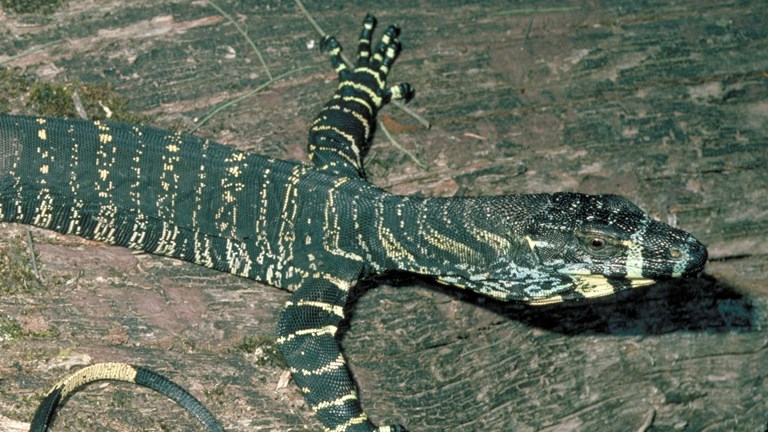
Tree Goanna
Varanus varius
A light and spacious forest;
Eucalypts in flower, a nectar feast for birds and insects;
Old trees with deep hollows are home to possums, birds and bats;
Young trees are planted to connect forest fragments
There are many types of dry forests in Victoria. Stringybark forests dominate the lowlands east of Western Port; red gum forests survive along major rivers in the north, grassy woodlands are scattered throughout the Western District, and the remnants of the once great box–ironbark forests lie in a wide arc from west of Stawell to east of Wangaratta.
During the gold rush, huge areas of forest were cut to provide wood for fuel and building. Forests were also cleared for agriculture, particularly in the more fertile plains and valleys. The remaining forests are fragmented, putting native species such as the Brush-tailed Phascogale, Squirrel Glider and Regent Honeyeater at risk of extinction.
Chris Tzaros, Birds Australia, talks about Victoria’s dry forests and the conservation challenges they face.
Kevin Tolhurst, Melbourne University, describes how Victoria’s forests have evolved with fire for millions of years.
Nick Roberts, Victorian National Parks Association, explains the importance of water to the health of River Red Gum ecosystems.
Ray Thomas, Regent Honeyeater Project, explains the benefits of tree planting to link isolated patches of forest across a landscape.

Varanus varius
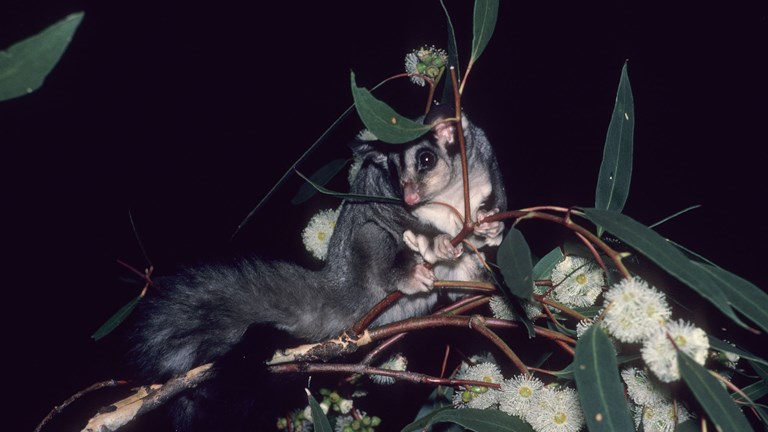
Petaurus norfolcensis
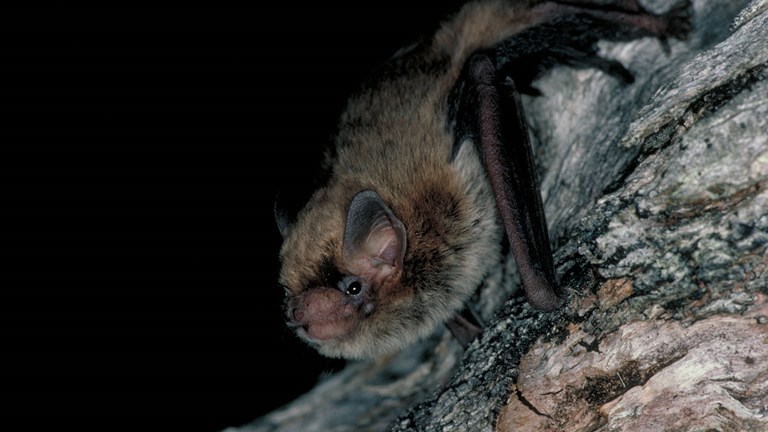
Vespadelus vulturnus
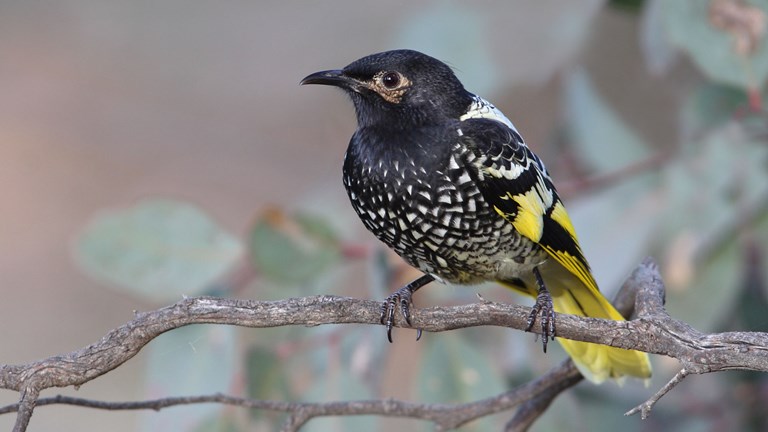
Anthochaera phrygia
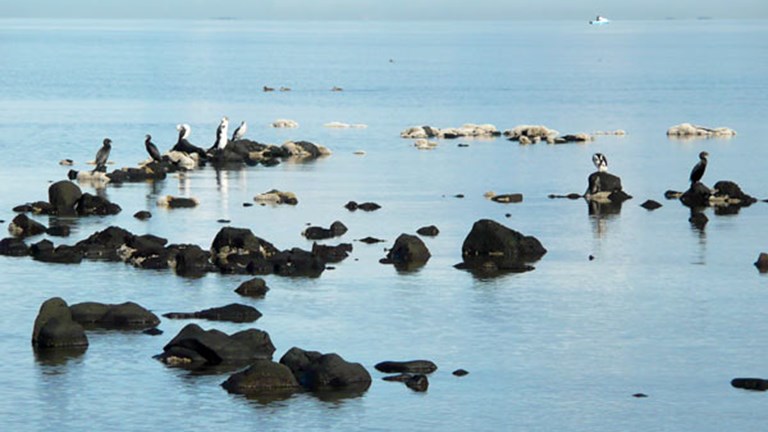
Victoria’s coastal wetlands are significant places for wildlife, with many listed in international conventions to protect the habitat of migratory birds.
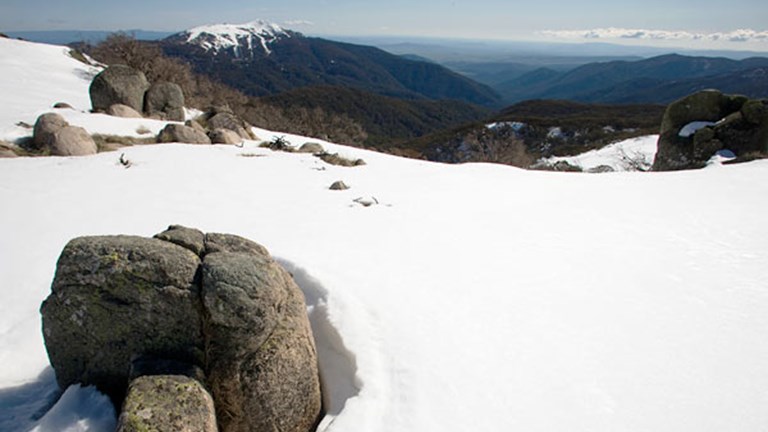
The Victorian Alps extend from the plateaus of Lake Mountain and Mt Baw Baw to peaks such as Mt Feathertop and the headwaters of the Murray River.
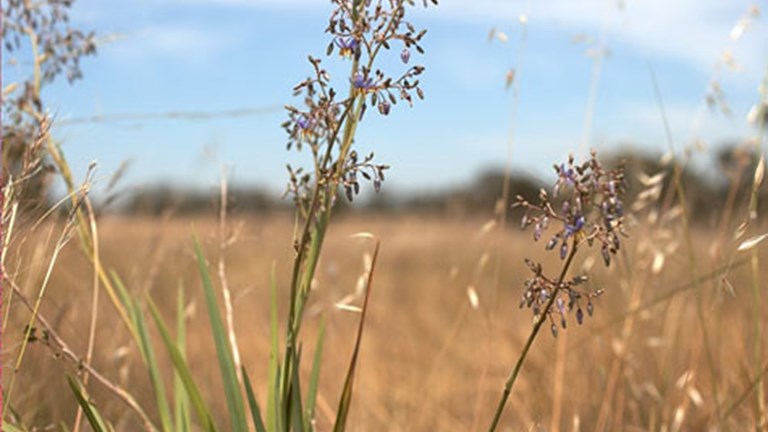
When the first Europeans arrived in Victoria there were grasslands on the vast, undulating western plains, on the northern plains and in Gippsland.
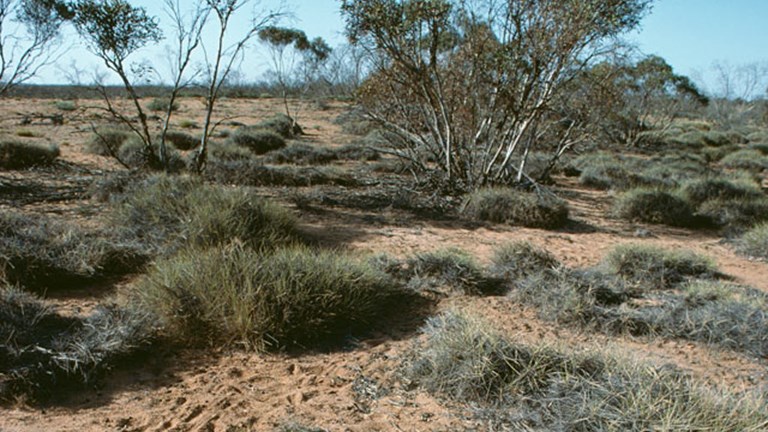
The Victorian Mallee in the north-western corner of the state has a mosaic of vegetation types adapted to low rainfall and sandy soils.
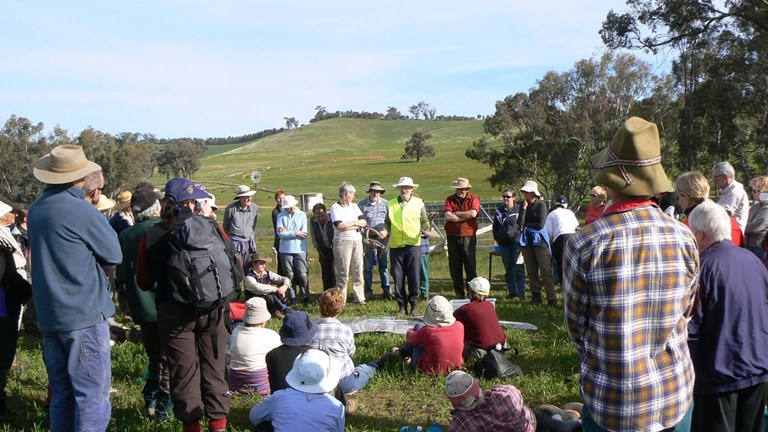
Find out about the issues affecting our special places and the plants and animals that live in them, and discover some ways you can help.
Museums Victoria acknowledges the Wurundjeri Woi Wurrung and Boon Wurrung Bunurong peoples of the eastern Kulin Nations where we work, and First Peoples across Victoria and Australia.
First Peoples are advised that this site may contain voices, images, and names of people now passed and content of cultural significance.